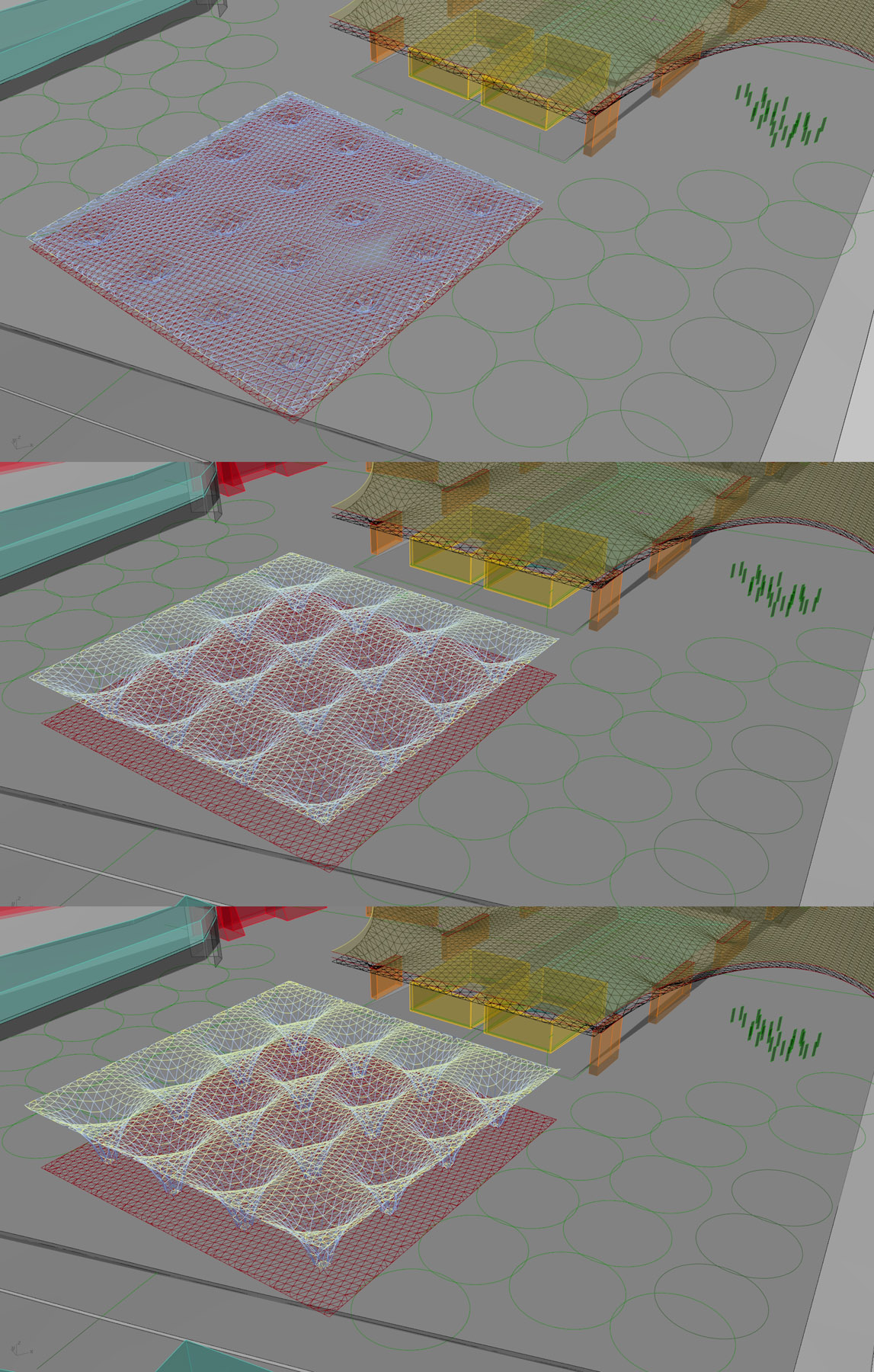An entry-point and beginner’s guide to Computer Aided Design (CAD).
Most broadly, Computer Aided Design, or CAD softwares, are the tools we use to scheme and develop design representations of the things we’d like to build. CAD refers to any range of softwares, and is sometimes further specified into MCAD (mechanical) or ECAD (electrical) packages.
An attempt to cover the range of these softwares is futile, but it’s worth making some distinctions.
Parmetric CAD
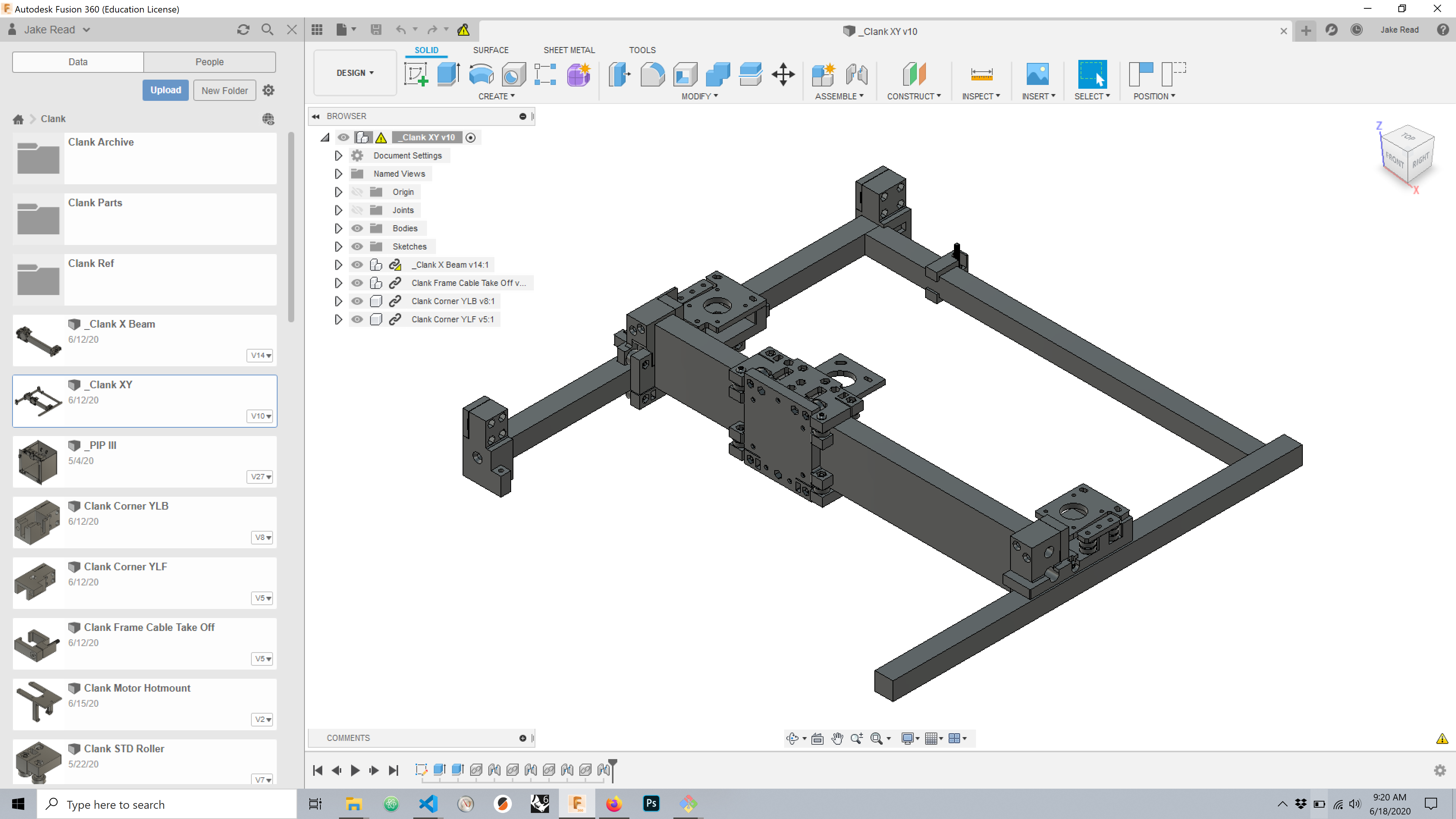
Design softwares that are ‘parametric’ do not represent physical representations directly, instead we use underlying ‘sketches’ that use constraint solvers and parameters to define geometries.
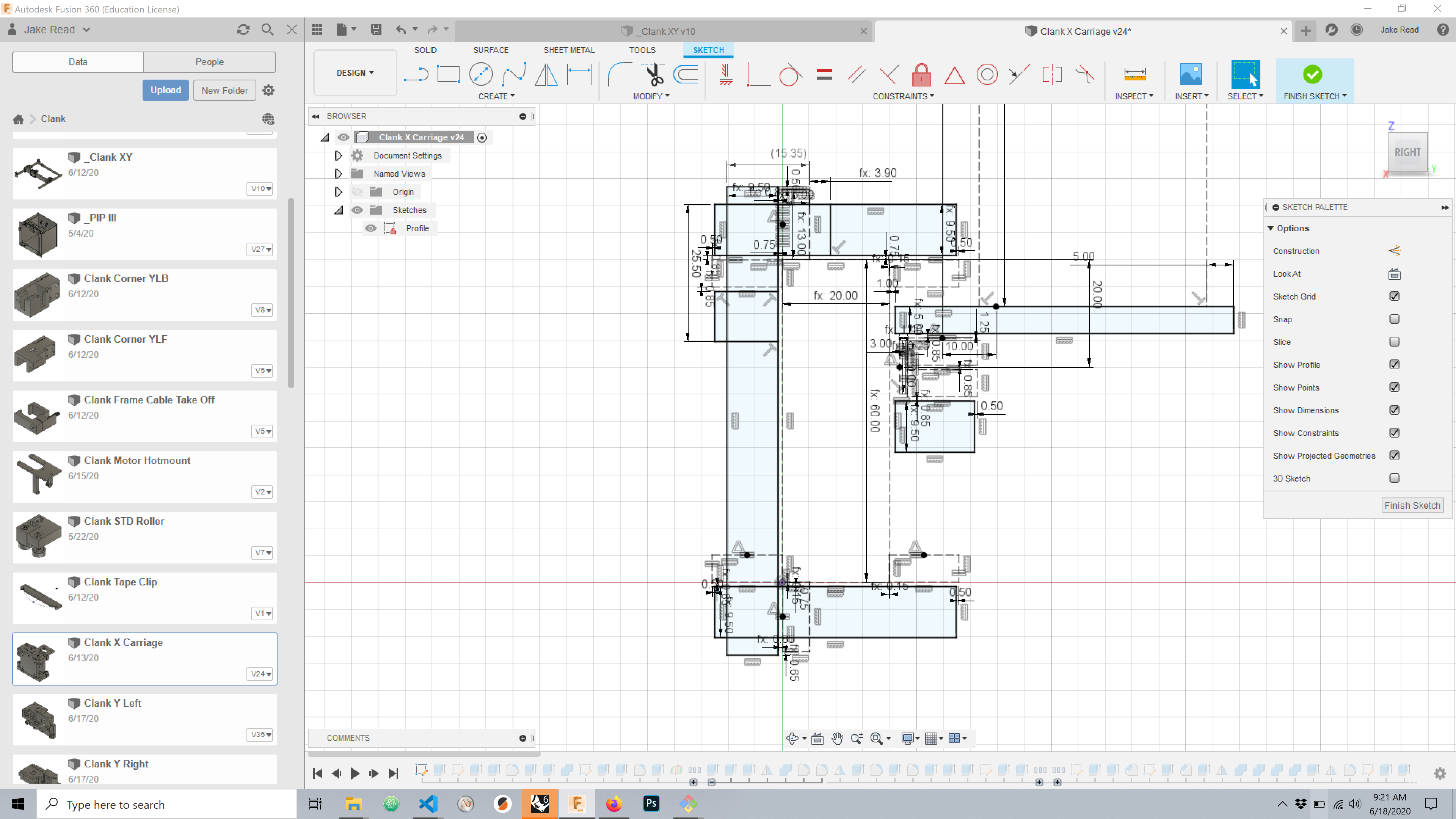
These sketches are then operated on, using extrudes, intersections, etc, to generate geometry:
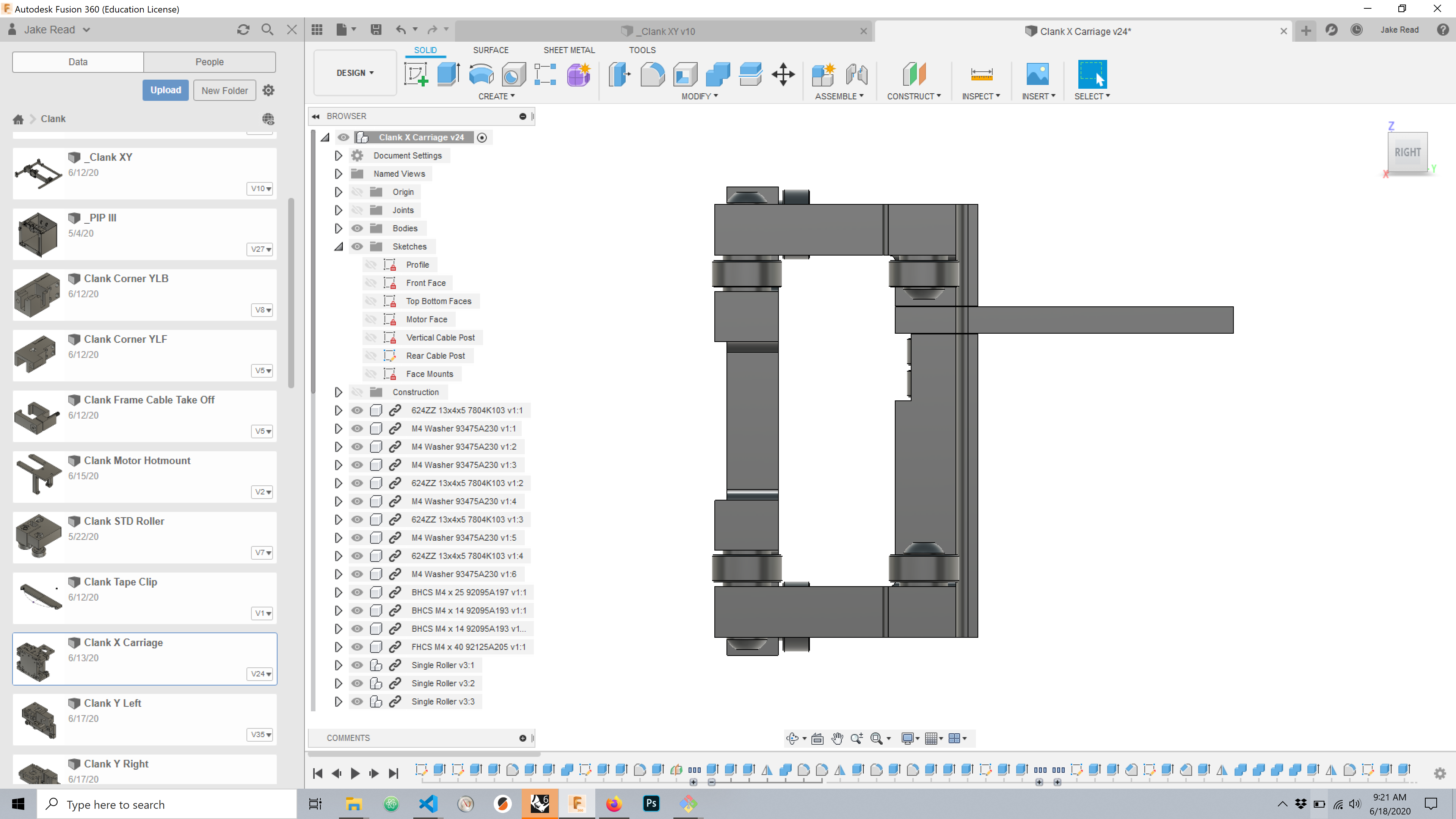
Additionally, these softwares give us direct access to the underlying parameters, making it easy to change design definitions and render new variants.
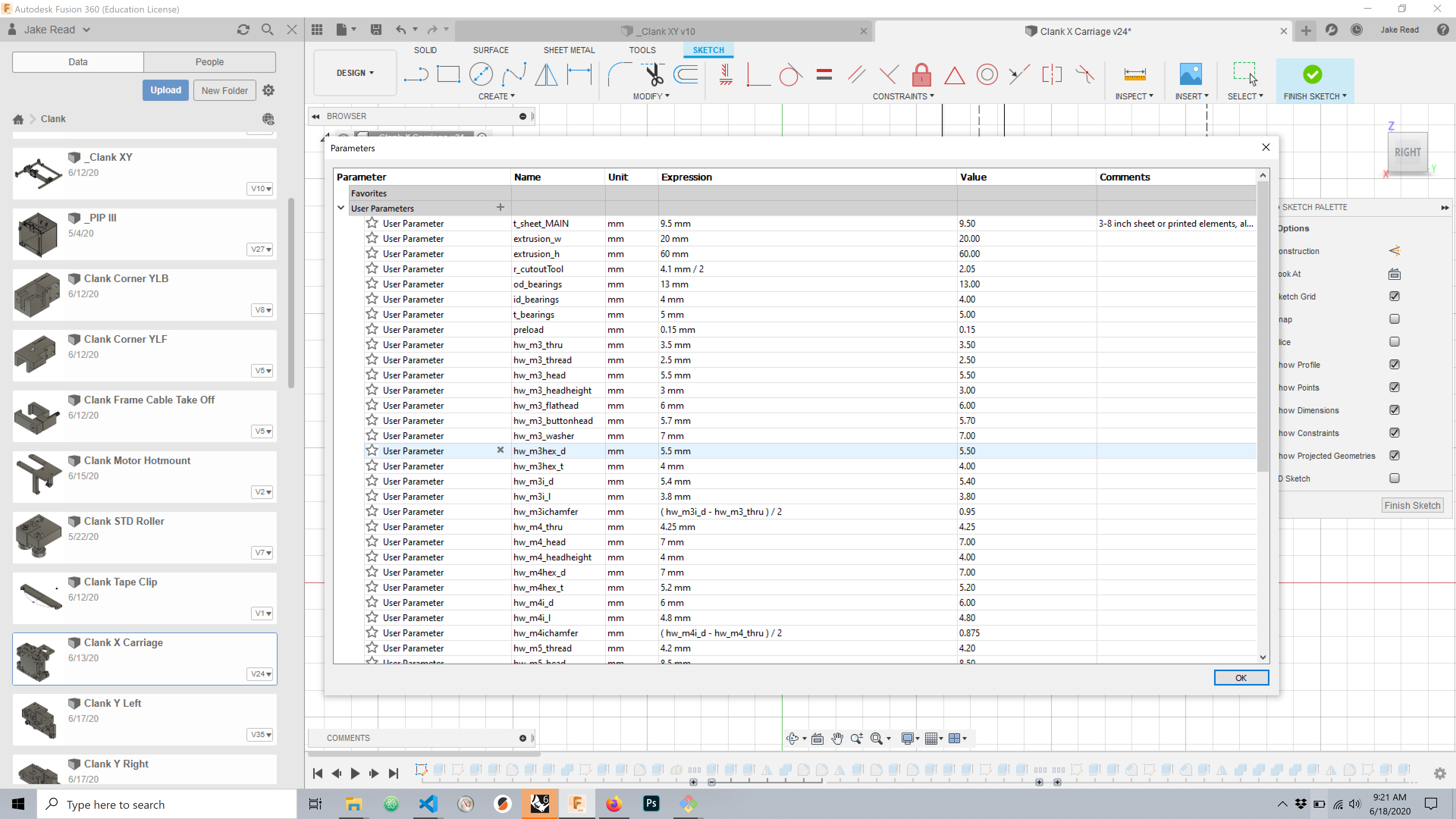
This is a powerful tool, one that we use in MTM to define Parametric subassemblies - in a similar way to how we might adjust variables in a code library, before including them in our application code. The video below demonstrates this in action.
Parametric CAD Packages We Love
Fusion 360 is available free for students and educators, and is otherwise ‘low cost’ (which in the CAD world means ~$500 / year). Their youtube channel is full of tutorials.
Solidworks is the incumbent CAD platform in most small-to-medium sized engineering firms, but was originally the underdog ‘lightweight’ CAD platform.
FreeCAD is the open-source, free, cross-platform tool that we want to see in the world. As of late, it’s getting better and better. Absolutely worth a shot. Here’s a beginner tutorial.
OnShape was founded by Solidworks alum, and offers parametric CAD in a browser interface.
Physical CAD
Parametric cad is a lot to wrangle, and is often not directly expressive of the things we want to make. In a sense, parametric CAD uses an abstract / parameterized ‘description’ of a part that really describes a space of possible parts. If you’re less interested in playing 5D chess with shapes, CAD packages exist that let us simply perform geometric operations on geometric represenatations direclty.
With CAD softwares like Rhino or Sketchup, precision is optional and parameters don’t exist. These softwares are more akin to sitting down with a block of foam and slicing / dicing / glueing / cutting until you arrive at a shape you like. For this reason, these softwares are much preferred by designers.
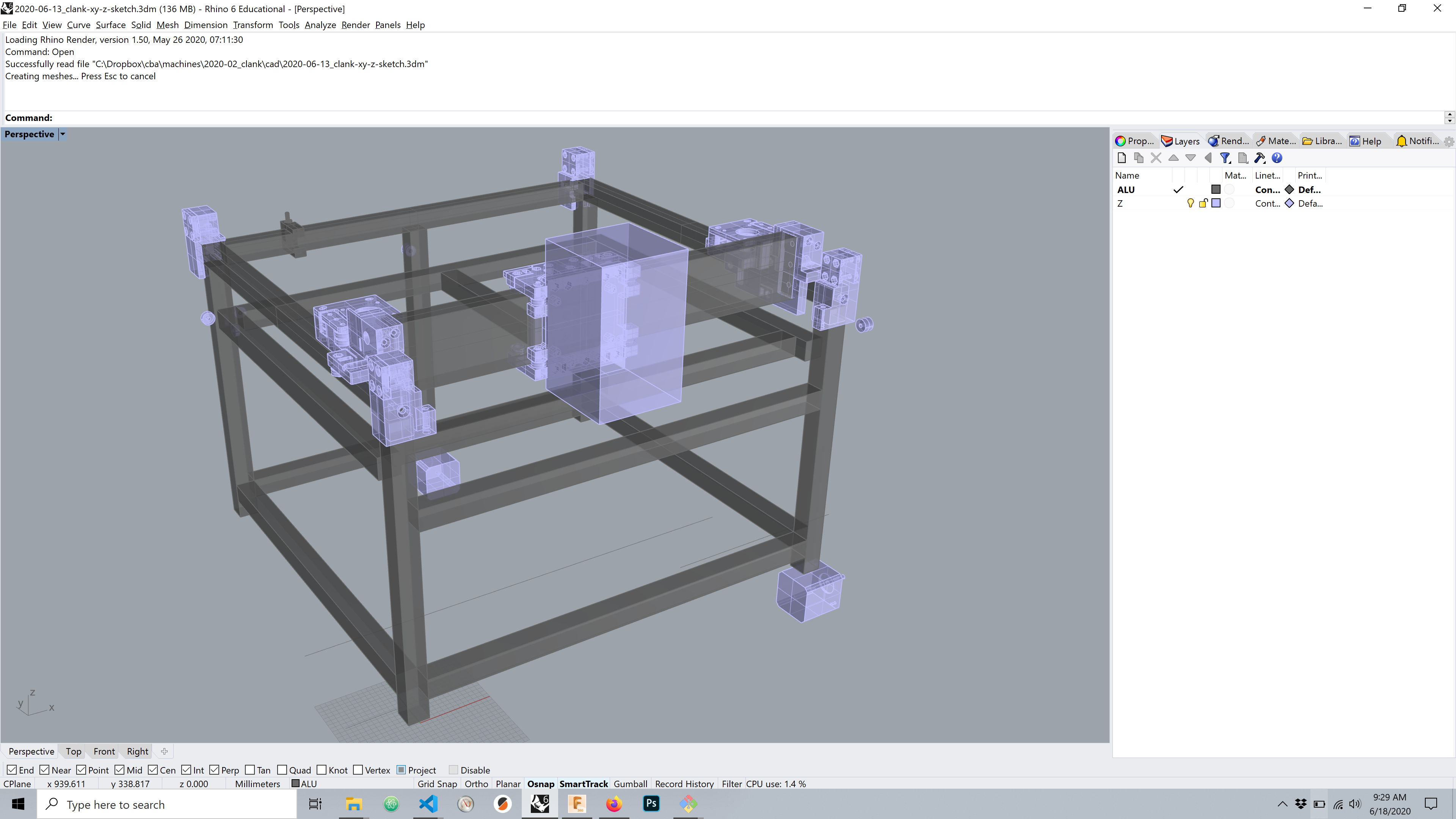
PHysical CAD Packages We Love
Rhinocerous is a versatile tool used across design professions.
SketchUp is a lightweight tool used almost exclusively in conceptual design of small architectural projects.
Rhino / Grasshopper
While Rhino is non-parametric, it comes with a powerful graph programming system called Grasshopper that is particularely dear to my heart. This allows free play between Parametric and Physical CAD tools and, most wonderfully, lets us build our own ad-hoc design tools.
For example, a tool to simulate motion on a 5-axis machine, given XYZAB coordinates:
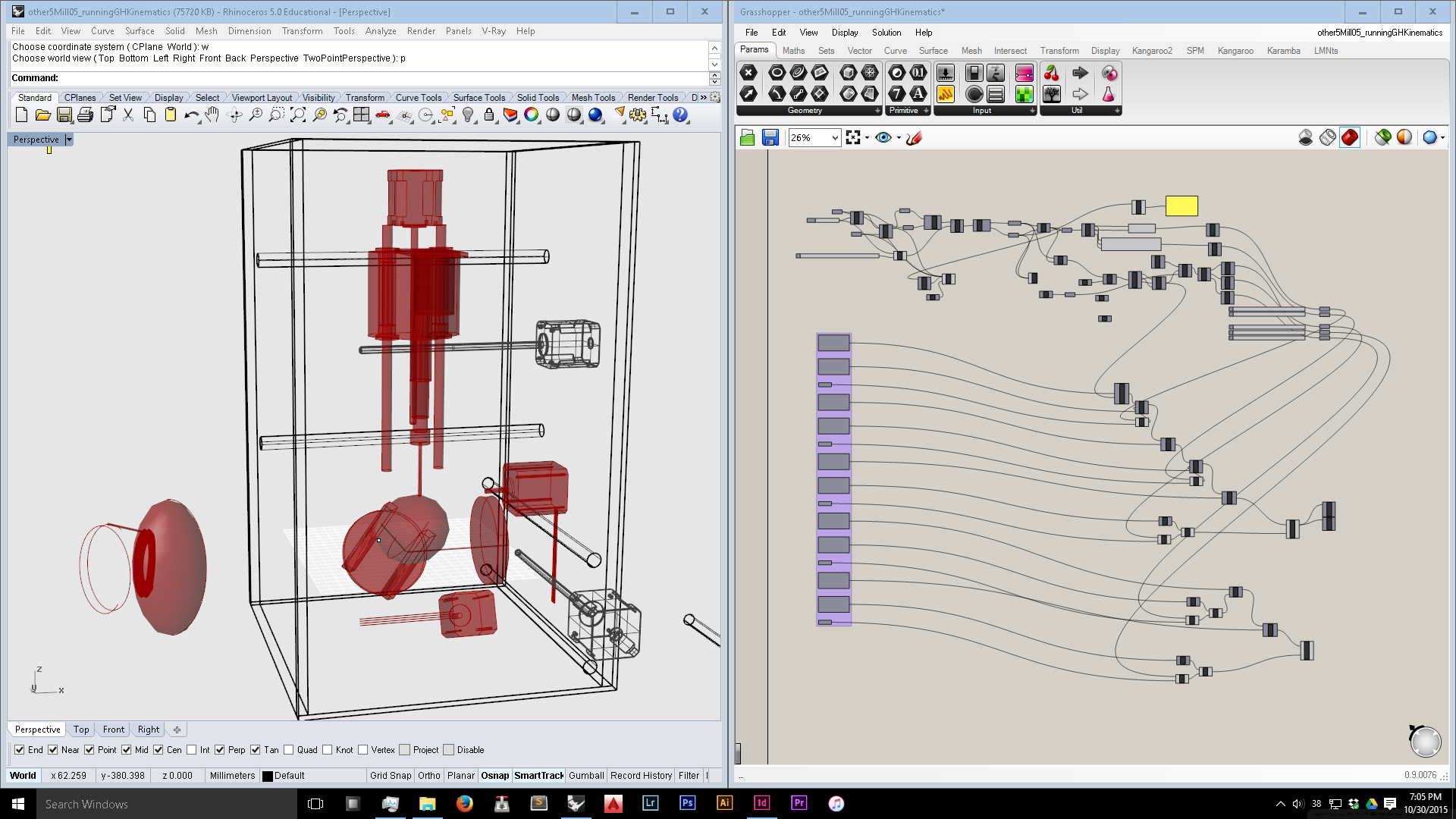
Or a tool to calculate weight distributions and centers of aerodynamic pressures on an autonomous drone:
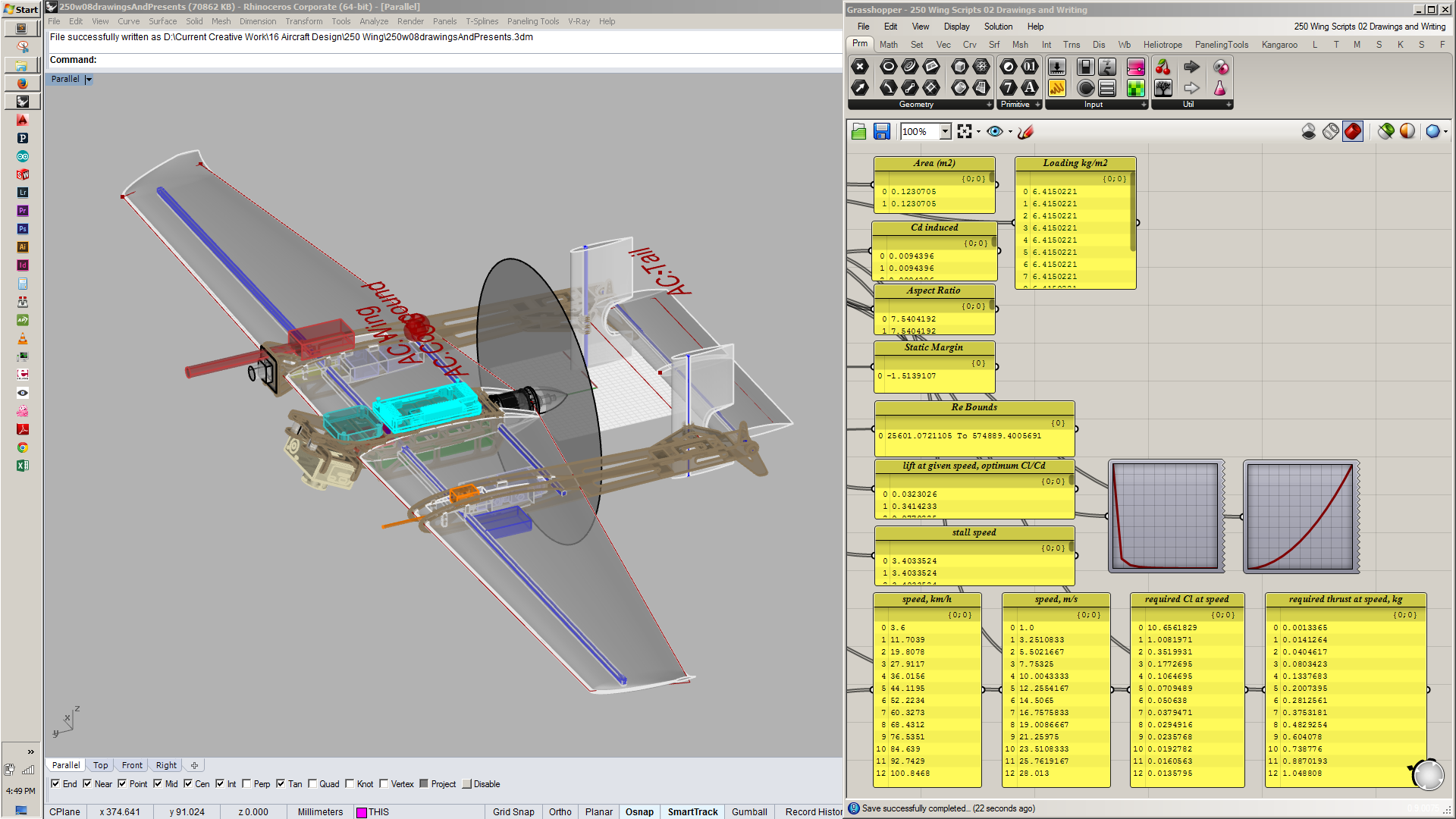
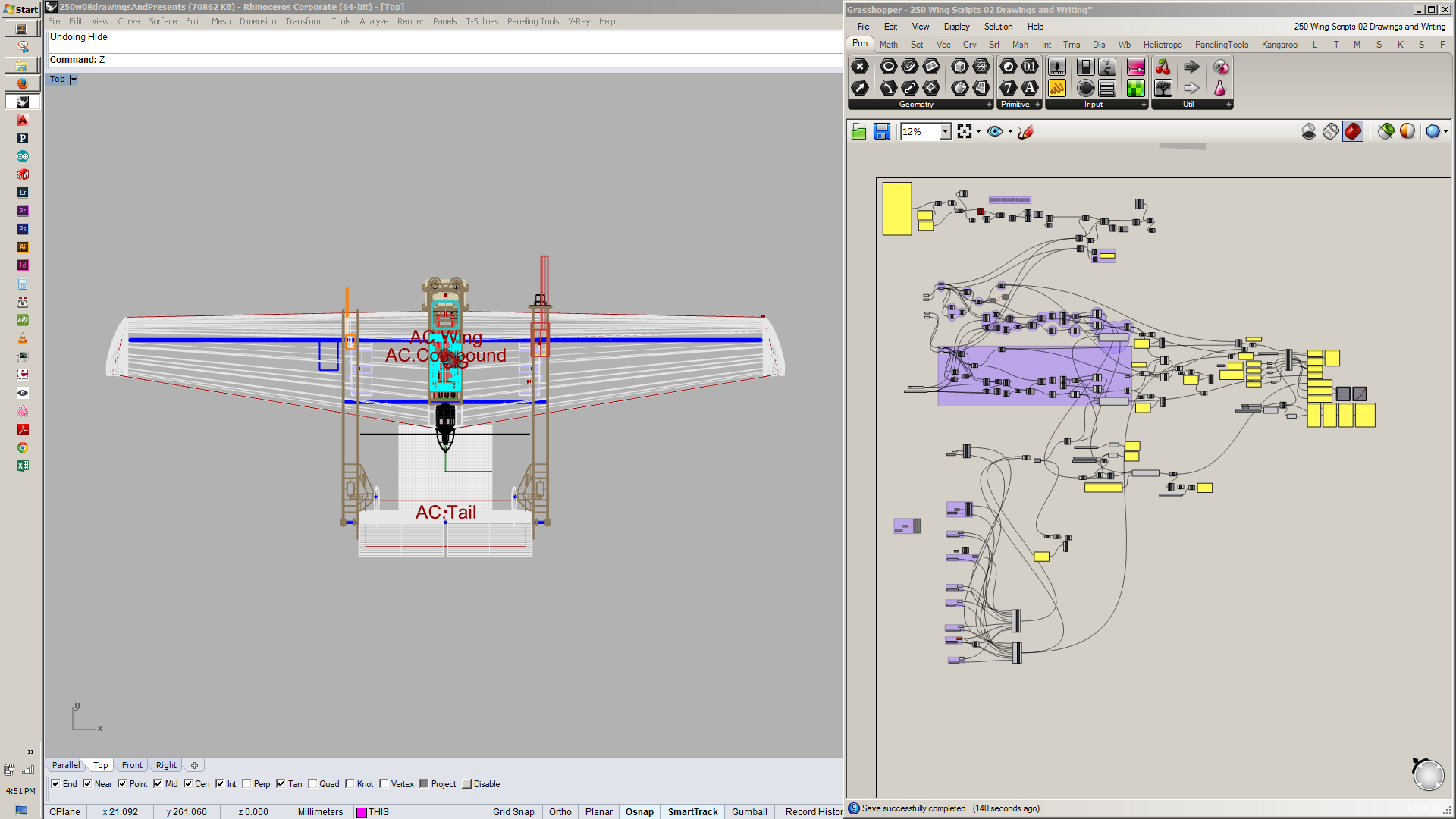
Or structural loading in a pin frame:
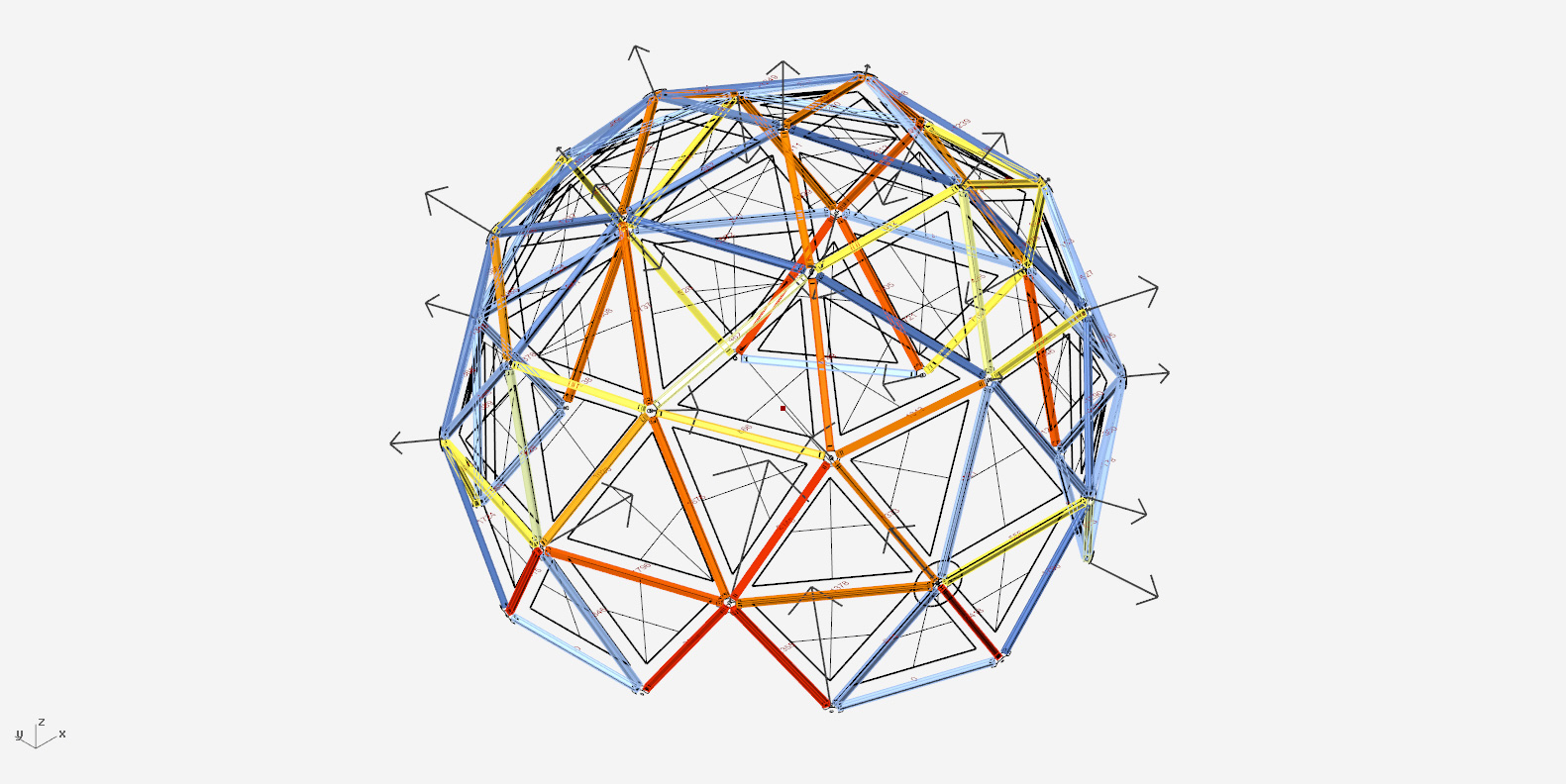
Or calculate catenary arches:
